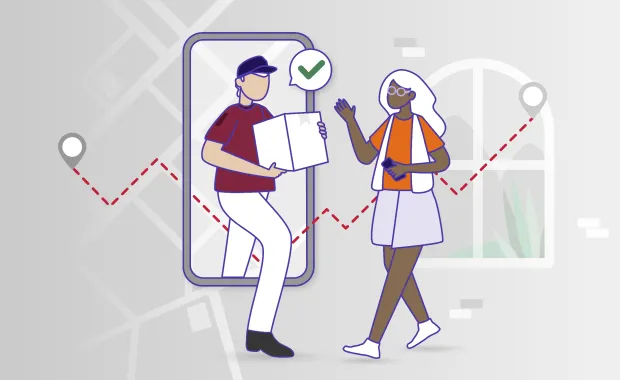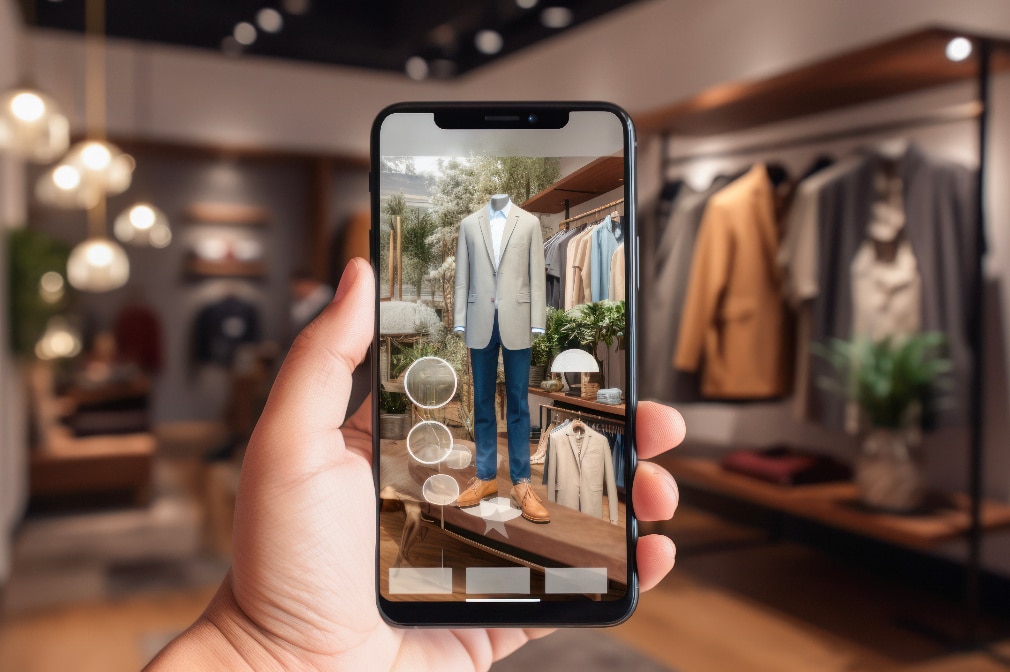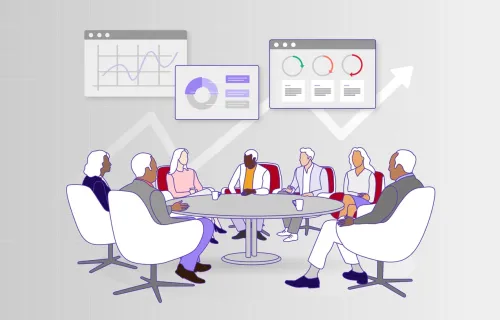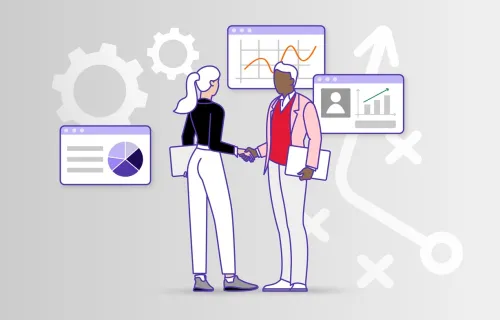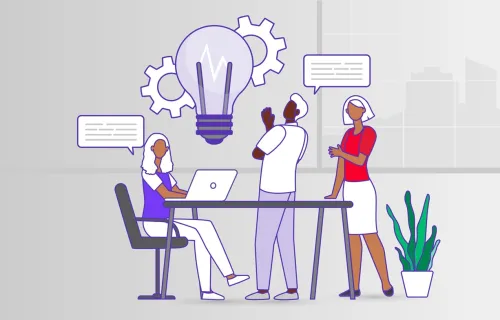
Retail and consumer services
We're helping organisations digitally transform to provide seamless omni-channel customer experiences, enhance personalisation and meet customer expectations for new offers, products and services
Learn more Retail and consumer services
